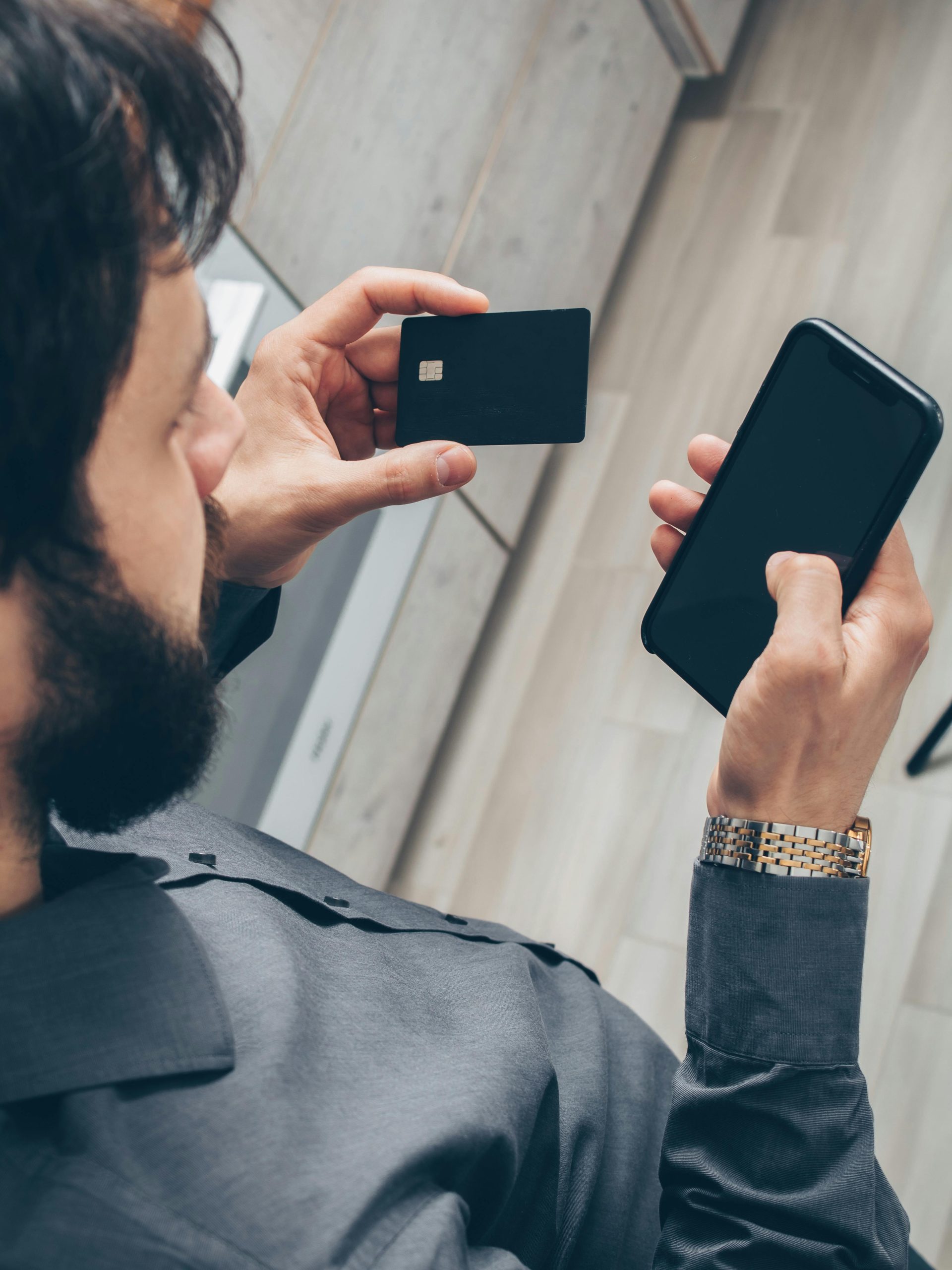The way we shop online is undergoing a dramatic transformation, thanks to the rise of augmented reality (AR) apps. No longer confined to static images and product descriptions, e-commerce is now embracing immersive, interactive experiences that bridge the gap between digital and physical shopping. Augmented reality apps are revolutionizing online retail by allowing customers to visualize products in their real-world environments before making a purchase. From trying on virtual clothes to placing furniture in your living room, AR is reshaping consumer expectations and boosting confidence in online shopping like never before.
Enhancing Product Visualization with AR
One of the biggest challenges in online shopping has always been the inability to see, touch, or try products before buying. Augmented reality solves this problem by enabling customers to visualize items in their own space or on themselves. For example, furniture retailers like IKEA and Wayfair use AR apps to let shoppers place virtual sofas, tables, and decor in their homes to check for fit and style. Similarly, beauty brands such as Sephora offer AR-powered virtual try-ons for makeup, allowing users to test different shades of lipstick or eyeshadow in real time.
This level of interactivity not only improves the shopping experience but also reduces return rates. When customers can see how a product will look in their environment, they’re more likely to make a confident purchase. Retailers benefit from higher conversion rates and fewer costly returns, making AR a win-win for both businesses and consumers.
Boosting Customer Engagement and Brand Loyalty
Augmented reality isn’t just a tool for visualization—it’s also a powerful way to engage customers and build brand loyalty. AR apps create memorable, interactive experiences that stand out in a crowded digital marketplace. For instance, Nike’s SNKRS app uses AR to unlock exclusive sneaker drops, turning product launches into an exciting, gamified event. This not only drives sales but also fosters a sense of community among sneaker enthusiasts.
Brands that leverage AR effectively can differentiate themselves from competitors by offering unique, immersive shopping experiences. Customers are more likely to return to a retailer that provides innovative and enjoyable ways to shop, strengthening long-term relationships and increasing repeat purchases.
Reducing Purchase Anxiety and Increasing Conversions
Online shoppers often hesitate before making a purchase due to uncertainty about product fit, size, or quality. Augmented reality helps alleviate these concerns by providing a more realistic preview of products. For example, eyewear brands like Warby Parker use AR to let customers try on glasses virtually, ensuring the frames suit their face shape before buying. Similarly, fashion retailers like ASOS and Zara integrate AR features to show how clothing fits and moves on different body types.
By reducing purchase anxiety, AR apps lead to higher conversion rates. When shoppers feel confident in their choices, they’re more likely to complete their purchases without second-guessing. This is especially valuable in industries like apparel and home decor, where returns are common due to mismatched expectations.
The Future of AR in E-commerce
As AR technology continues to evolve, its applications in e-commerce will expand even further. Advances in artificial intelligence and machine learning will enable more personalized AR experiences, such as virtual stylists that recommend outfits based on body type and preferences. Social commerce platforms like Instagram and Snapchat are already integrating AR shopping features, allowing users to discover and buy products directly through augmented reality filters.
Moreover, the rise of WebAR—augmented reality experiences accessible through web browsers without requiring a dedicated app—will make AR shopping more accessible to a wider audience. This eliminates the barrier of downloading separate apps, further streamlining the shopping journey.
Challenges and Considerations for Retailers
While AR offers immense potential, retailers must address certain challenges to implement it successfully. Developing high-quality AR experiences requires significant investment in technology and design. Ensuring compatibility across different devices and operating systems is also crucial to provide a seamless user experience.
Additionally, businesses must educate customers on how to use AR features effectively. Clear instructions and intuitive interfaces are essential to maximize adoption and engagement. Despite these hurdles, the long-term benefits of AR in e-commerce—higher conversions, lower returns, and stronger brand loyalty—make it a worthwhile investment for forward-thinking retailers.
Augmented reality is no longer a futuristic concept—it’s a game-changer for e-commerce today. By enabling realistic product visualization, enhancing customer engagement, and reducing purchase anxiety, AR apps are transforming the way we shop online. As technology advances, retailers who embrace AR will gain a competitive edge, offering shoppers immersive, interactive experiences that redefine convenience and confidence in digital retail. The future of online shopping is here, and it’s augmented.
